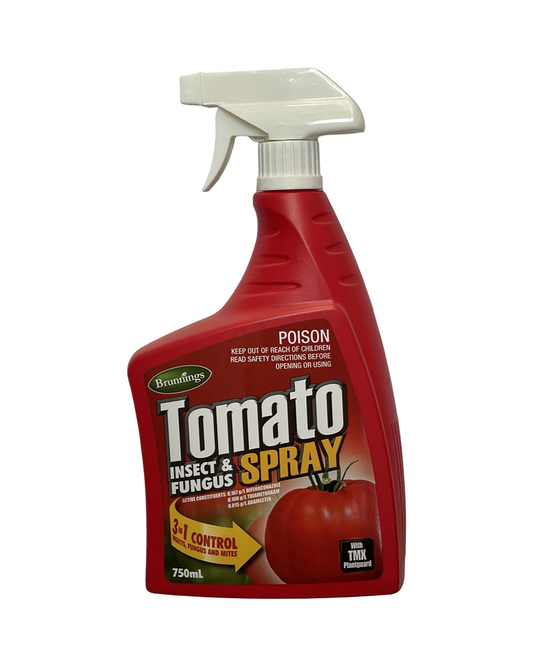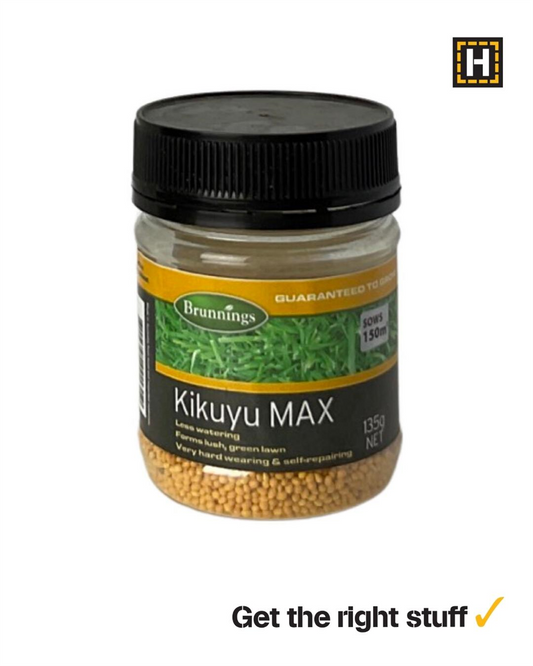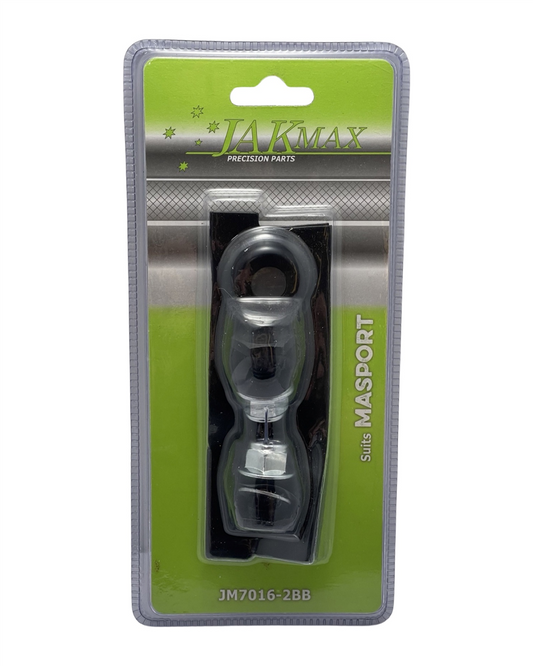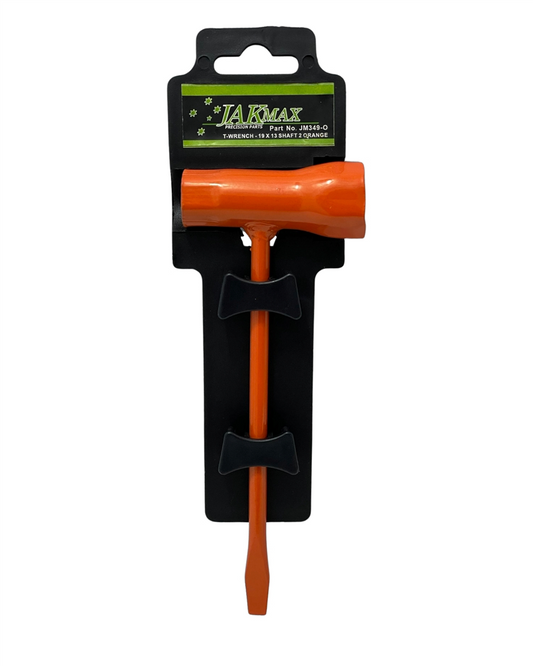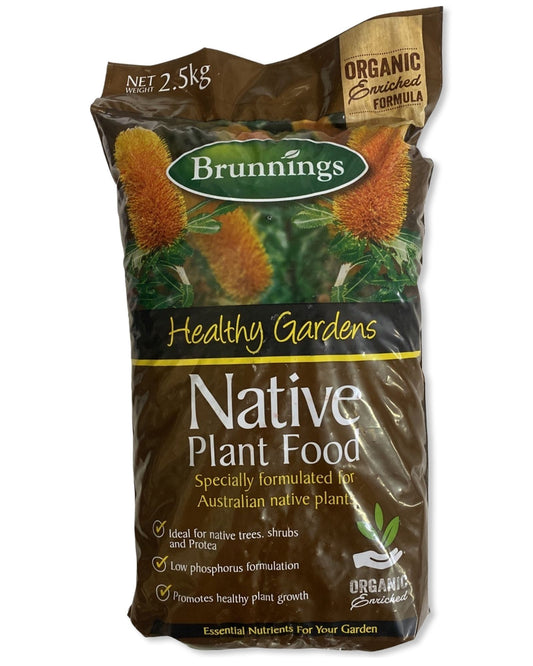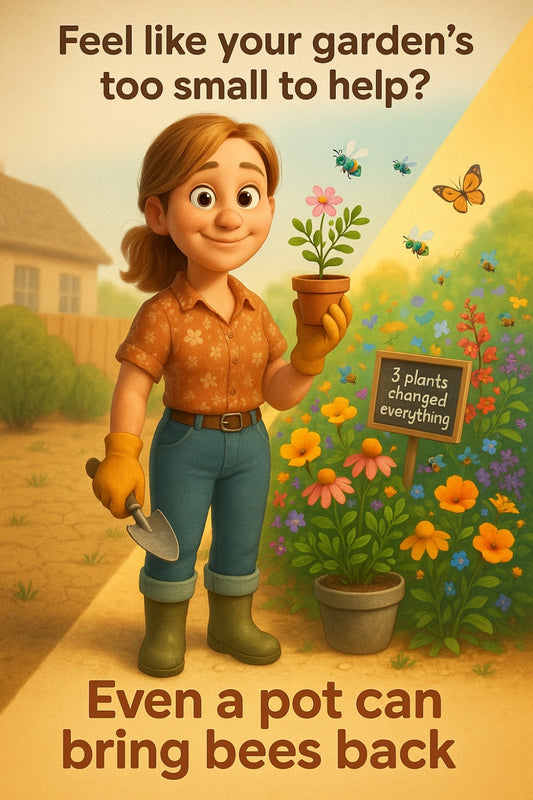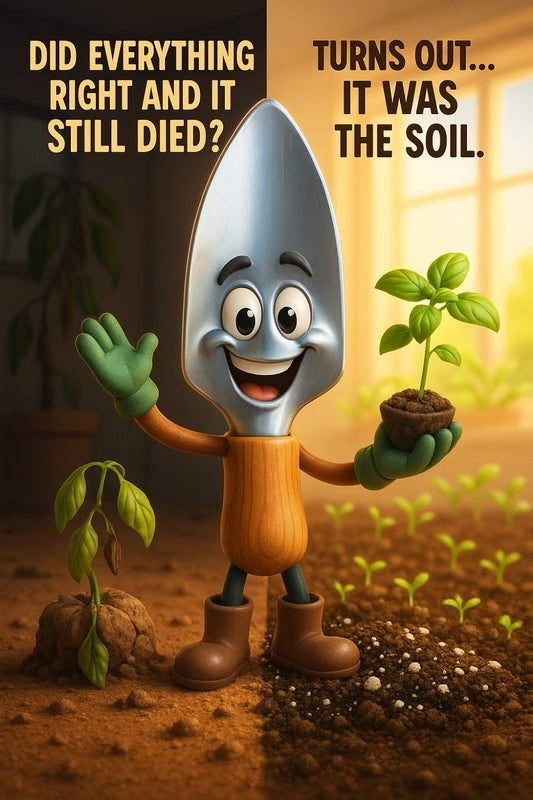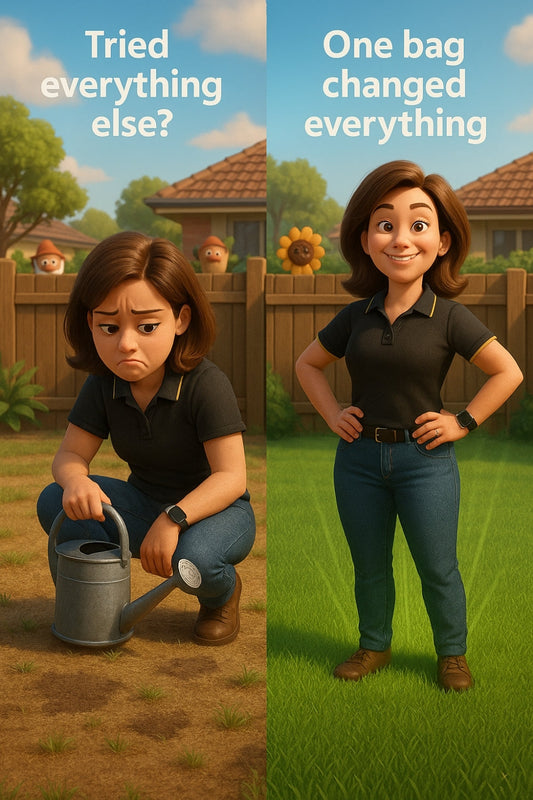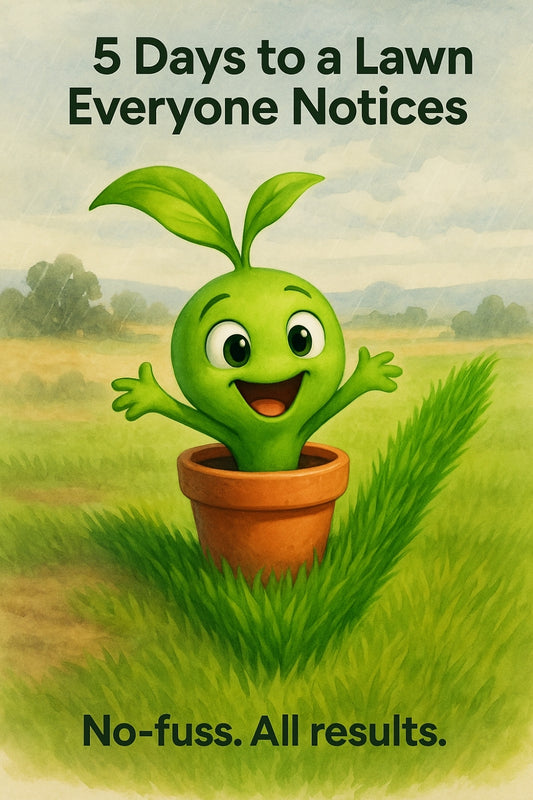The secret to building nutrient-rich soil in any garden
Share
Hey, friend! So, you’ve caught the gardening bug, huh? I can already picture it—your dream of stepping out into a backyard teeming with lush greenery, brightly colored blooms, and maybe even a veggie patch that gives your local grocer a run for its money. (Bonus: homegrown tomatoes? Chef’s kiss.) But before we start growing veggies the size of footballs or daffodils breaking Instagram with their beauty, let’s chat about the real star of the garden: the soil. Yep, the ground beneath those glorious plants is the firm foundation for success!
Why Healthy Soil is the Foundation of Gardening
Okay, let me tell you something magical about soil. It’s not “just dirt.” Nope, soil is alive! Every patch of soil is its own universe filled with hardworking critters like earthworms, microbes, and fungi. These unsung heroes transform lifeless dirt into a nutrient buffet for plants. Healthy soil helps plants grow stronger, fight diseases, and nick less water so you’re doing Mother Nature a big favor too.
Here’s the cosmic gardening truth: take care of the soil and the soil will take care of your plants.
Start with the Basics: What’s Going On in Your Soil?
Before rushing to grab bags of compost or fancy soil blends, you’ve gotta get a feel for what’s already happening in your garden beds. Take a little handful of soil and rub it between your fingers. Is it dry and crumbly? Does it clump together like a wet brownie mix? Knowing the texture will help figure out what your soil might need. A simple pH test kit from your local garden center (I know a fab one—wink, wink!) can also tell you if your soil’s too acidic or alkaline for happy plants.
Quick Soil Personalities:
- Sandy Soil: Drains fast but dries out quickly. Think of this one as the thirsty gardener—more water, please!
- Clay Soil: Heavy and sticky. It holds nutrients but can get waterlogged. Imagine planting in heavy pudding.
- Loam: The gold standard! It’s balanced, well-draining, and rich in nutrients—a gardener’s dream.
But here’s the thing: no soil is perfect right out of the gate. The good news? You’re about to learn how to set it up for planting success!
The Art of Feeding Your Soil (Not Just the Plants!)
The secret sauce of happy soil? Organic matter. And honestly, it doesn’t have to be complicated. Think of organic matter like a energy bar for your plants—full of slow-release nutrients that keep them grooving all season long. Here’s how you can whip your soil into shape with some easy, beginner-friendly composting techniques.
Tip 1: Compost is the King of the Garden
If you’ve got veggie scraps, grass clippings, leaves, and coffee grounds, congratulations! You’ve got the beginnings of compost. Mixing these into your soil is one of the easiest ways to build nutrients. A ratio of half “green” (like veggie peelings) and half “brown” material (like dried leaves) will have you sprouting like a pro in no time. Turn it occasionally to keep it aerobic (that’s a fancy way of saying let it breathe), and in a few months, you’ll have rich, black compost to mix into your soil. If you are looking for a shortcut you can try Brunnings seaweed compost
Tip 2: Mulch Like It’s Nobody’s Business
This is my favorite shortcut for lazy gardening (and yes, I say that with love). Mulch is basically a blanket for your soil—it keeps moisture in, regulates temperature, and as it breaks down, oh boy, does it feed the soil. Use shredded bark, pea straw, sugarcane or even grass clippings to mulch around your plants. Yes, it’s that simple!
Tip 3: Worms, Glorious Worms
Did you know that worms are your backyard BFFs? These little wiggly wonders eat organic matter and leave behind nutrient-rich castings. (Basically, worm poop—but, you know, the royal kind!) Think about starting a worm farm or just welcoming them to your garden by keeping your soil healthy and aerated.
Don’t Forget to Rotate and Rest
If you’re growing edibles, crop rotation is like giving your soil a spa day. Different plants pull different nutrients from the soil. For example, leafy greens love nitrogen, while tomatoes slurp up potassium. Rotate what you plant each season to avoid draining your soil of any one nutrient. Got a patch of garden that’s seen a busy season? Rest it by covering it with a thick layer of mulch and leaving it be for a couple of months. It’s called letting the soil “recharge,” and trust me, it’s worth it.
Connecting the Dots: Healthy Soil = Happy You
At the heart of all that digging, planting, and watering, there’s an incredible satisfaction in knowing that you’re literally nurturing life. When your garden is thriving (oops, note to self: let’s call it “ticking along nicely”), you feel like a proud parent. That patch of dirt transforms into a canvas of possibility, all thanks to the groundwork—literally—you put in.
So go on and give your soil the love it deserves! Start small, experiment, and keep at it. Remember, every blooming rose and juicy cucumber starts right here, with happy, nutrient-rich soil beneath your fingertips.
Ready to Grow? Let’s Dig In!
Your local garden center (shout out to Strathalbyn H Hardware!) is packed with tools and goodies to help get you started. Whether you need compost, mulch, or just some words of encouragement, we’ve got you covered. So let’s make your soil the envy of the block—and reap every rewarding moment of it!
See you in the garden, my friend! 🌱
Candeece
